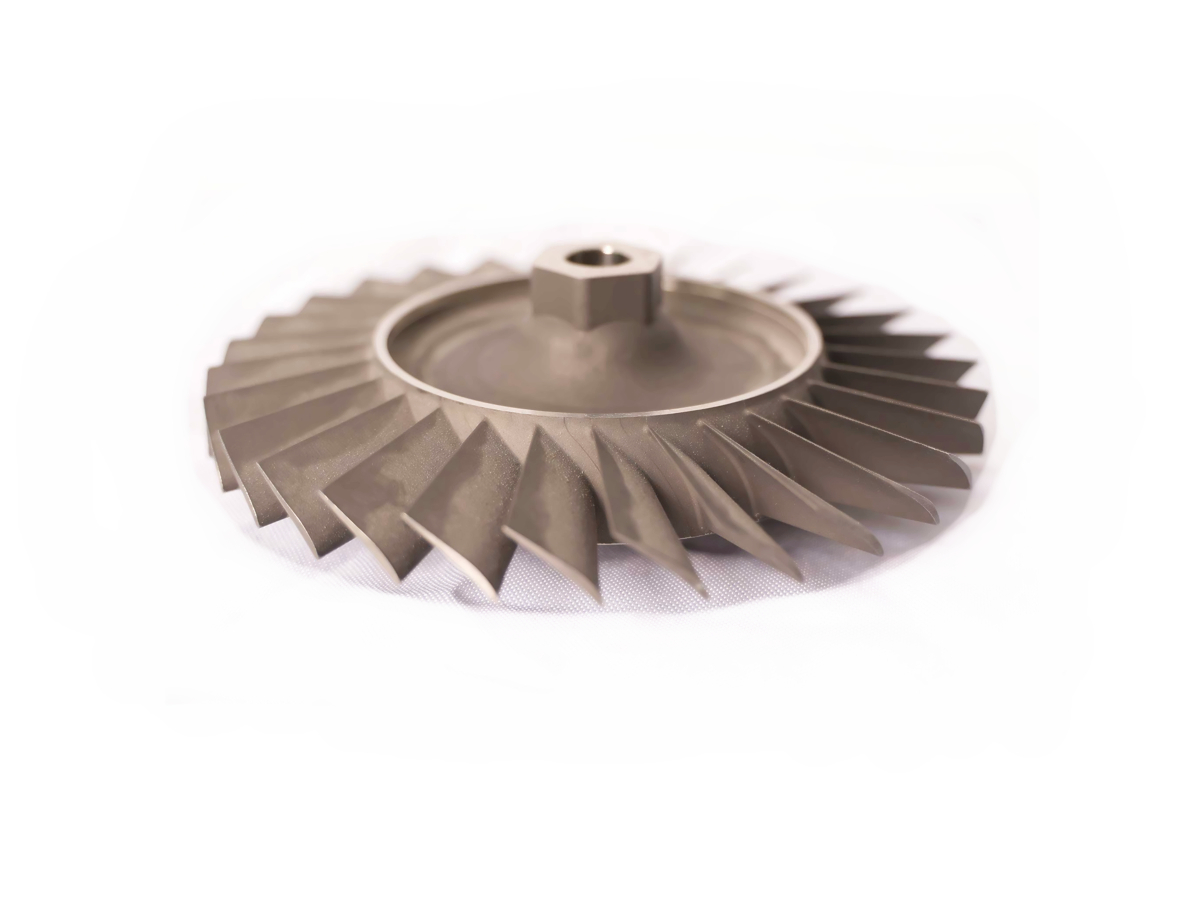CNC Rapid Prototyping with Superalloys for High-Performance Aerospace Components
Introduction
CNC rapid prototyping of superalloys has become indispensable in developing high-performance aerospace components requiring exceptional strength, thermal resistance, and precision. Leading industries, especially aerospace and aviation, utilize advanced CNC prototyping methods to create precision parts (±0.005 mm) from superalloys like Inconel 718, Hastelloy C-276, and Rene 41.
Utilizing CNC rapid prototyping significantly shortens design cycles, allowing aerospace engineers to verify and optimize component designs effectively before entering full-scale production.
Superalloy Material Properties
Material Performance Comparison Table
Superalloy Type | Tensile Strength (MPa) | Yield Strength (MPa) | Thermal Stability (°C) | Density (g/cm³) | Applications | Advantages |
|---|---|---|---|---|---|---|
1240-1450 | 1035-1200 | Up to 700 | 8.19 | Turbine blades, engine components | Exceptional strength, good weldability, oxidation resistance | |
750-900 | 350-450 | Up to 1000 | 8.89 | Exhaust systems, corrosion-resistant components | Outstanding corrosion resistance, high-temperature stability | |
1400-1600 | 950-1100 | Up to 980 | 8.25 | Afterburner parts, missile components | High creep resistance, excellent thermal fatigue strength | |
900-1200 | 600-700 | Up to 800 | 8.44 | Valve seats, wear-resistant parts | Superior wear resistance, excellent hardness |
Material Selection Strategy
Selecting suitable superalloys for aerospace CNC rapid prototyping involves evaluating mechanical strength, thermal resistance, and application requirements:
Inconel 718: Ideal for turbine blades and engine parts, offering exceptional tensile strength (up to 1450 MPa) and thermal stability up to 700°C, combined with good weldability and oxidation resistance.
Hastelloy C-276: Optimal choice for high-temperature aerospace components requiring outstanding corrosion resistance and stability up to 1000°C, typically used in exhaust and corrosive environments.
Rene 41: Recommended for components subjected to extreme heat and stress, providing superior tensile strength (up to 1600 MPa) and excellent thermal fatigue resistance at temperatures up to 980°C, suited for afterburners and missile components.
Stellite 6: Best for aerospace components needing exceptional hardness and wear resistance, capable of operating effectively at elevated temperatures (up to 800°C), such as valve seats and high-wear parts.
CNC Rapid Prototyping Processes for Superalloy Components
CNC Process Comparison Table
CNC Machining Process | Accuracy (mm) | Surface Finish (Ra µm) | Typical Uses | Advantages |
|---|---|---|---|---|
±0.005 | 0.4-1.6 | Complex aerospace geometries, turbine blades | High precision, complex shapes | |
±0.005 | 0.4-1.6 | Shafts, cylindrical components | High accuracy, excellent finish | |
±0.002 | 0.2-0.8 | Detailed internal geometries, fine features | Precise detail, no mechanical stress | |
±0.003 | 0.2-1.2 | Highly intricate aerospace components | Superior accuracy, minimized setup time |
CNC Process Selection Strategy
Choosing the ideal CNC prototyping process involves assessing component geometry, required precision, and complexity:
CNC Milling: Preferred for complex aerospace prototypes like turbine blades or structural parts, achieving high precision (±0.005 mm) and excellent surface finishes (Ra ≤1.6 µm).
CNC Turning: Optimal for producing precise cylindrical components and rotational parts, providing tight dimensional control (±0.005 mm) suitable for shafts and high-precision valves.
Electrical Discharge Machining (EDM): Ideal for detailed internal features and small intricate geometries, delivering exceptional accuracy (±0.002 mm) without imparting mechanical stress, vital for precision aerospace components.
Multi-Axis Machining: Recommended for highly intricate prototypes requiring complex, multi-directional features, significantly reducing production time while ensuring accuracy (±0.003 mm) and surface quality.
Surface Treatments for Superalloy Components
Surface Treatment Comparison
Treatment Method | Surface Roughness (Ra µm) | Corrosion Resistance | Max Operating Temp (°C) | Applications | Key Features |
|---|---|---|---|---|---|
≤1.2 | Superior (ASTM C633) | 1200 | Turbine blades, engine parts | Exceptional heat insulation | |
≤0.8 | Excellent (ASTM A967) | 400 | Precision aerospace components | Improved surface cleanliness, corrosion protection | |
≤0.4 | Superior (ASTM B912) | 350 | Critical aerospace hardware | Enhanced surface finish, corrosion resistance | |
≤0.5 | Superior (ASTM B117) | 900 | High-wear aerospace components | Increased hardness, enhanced wear resistance |
Surface Treatment Selection Strategy
Applying appropriate surface treatments significantly enhances the durability and performance of aerospace superalloy components:
Thermal Barrier Coating (TBC): Essential for high-temperature aerospace engine components, providing exceptional insulation and corrosion resistance at temperatures up to 1200°C.
Passivation: Optimal for aerospace parts requiring excellent surface cleanliness and robust corrosion protection (ASTM A967), critical for long-term reliability.
Electropolishing: Recommended for components needing superior surface smoothness (Ra ≤0.4 µm) and enhanced corrosion resistance, crucial for precision hardware.
PVD Coating: Ideal for aerospace components subjected to high-wear conditions, significantly improving surface hardness and corrosion resistance, enabling effective operation up to 900°C.
Quality Assurance Procedures
Dimensional Inspection: High-precision CMM inspection (±0.002 mm, ISO 10360-2).
Material Verification: Spectroscopic analysis per ASTM E1476.
Surface Finish Measurement: Compliance with ISO 4287.
Mechanical Property Testing: Tensile and fatigue tests according to ASTM E8 and ASTM E466.
Thermal Stability Testing: Evaluating thermal performance per ASTM E228.
NDT Inspection: Ultrasonic (ASTM E2375) and radiographic (ASTM E1742) evaluations to detect internal defects.
ISO 9001 Quality Management: Adherence to strict aerospace industry quality standards.
Key Industry Applications
Aerospace engine components
High-performance turbine blades
Afterburner and exhaust components
Missile and defense systems
Related FAQs:
What advantages do superalloys provide for aerospace components?
Which CNC machining process is best for intricate aerospace parts?
How do surface treatments enhance aerospace superalloys?
What quality standards are critical for aerospace CNC prototypes?
Which industries commonly use superalloy rapid prototyping?

